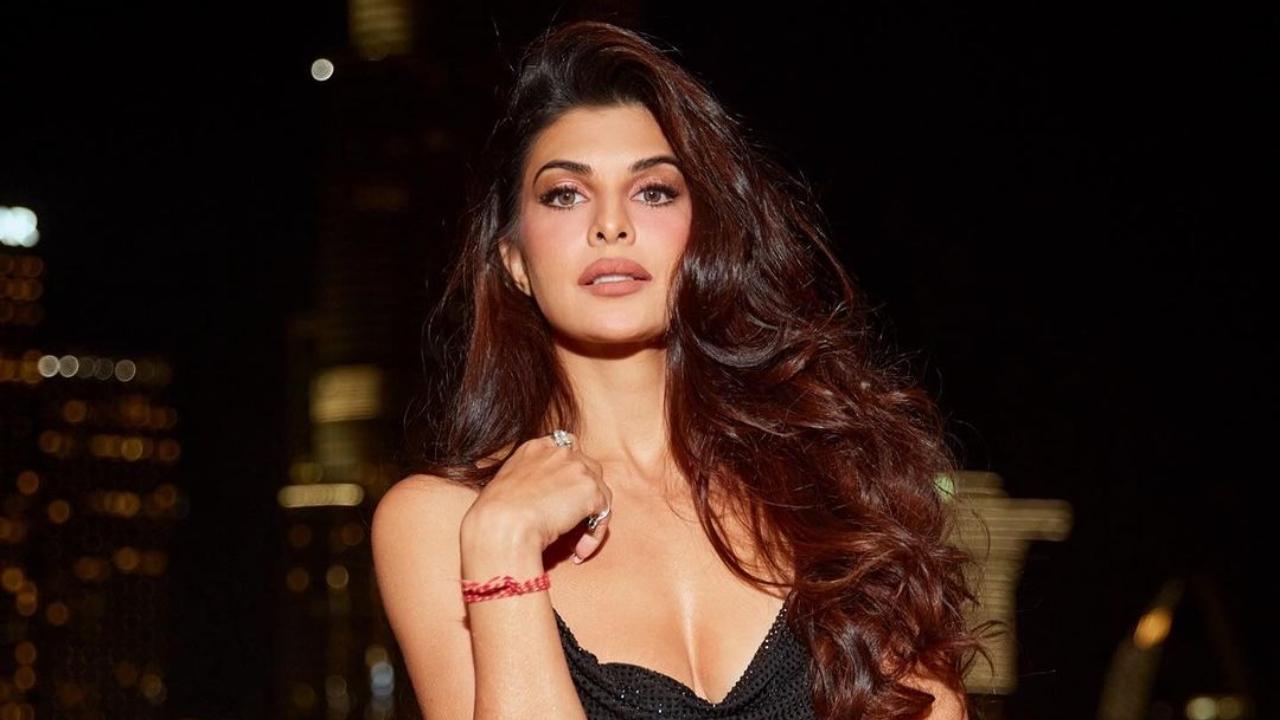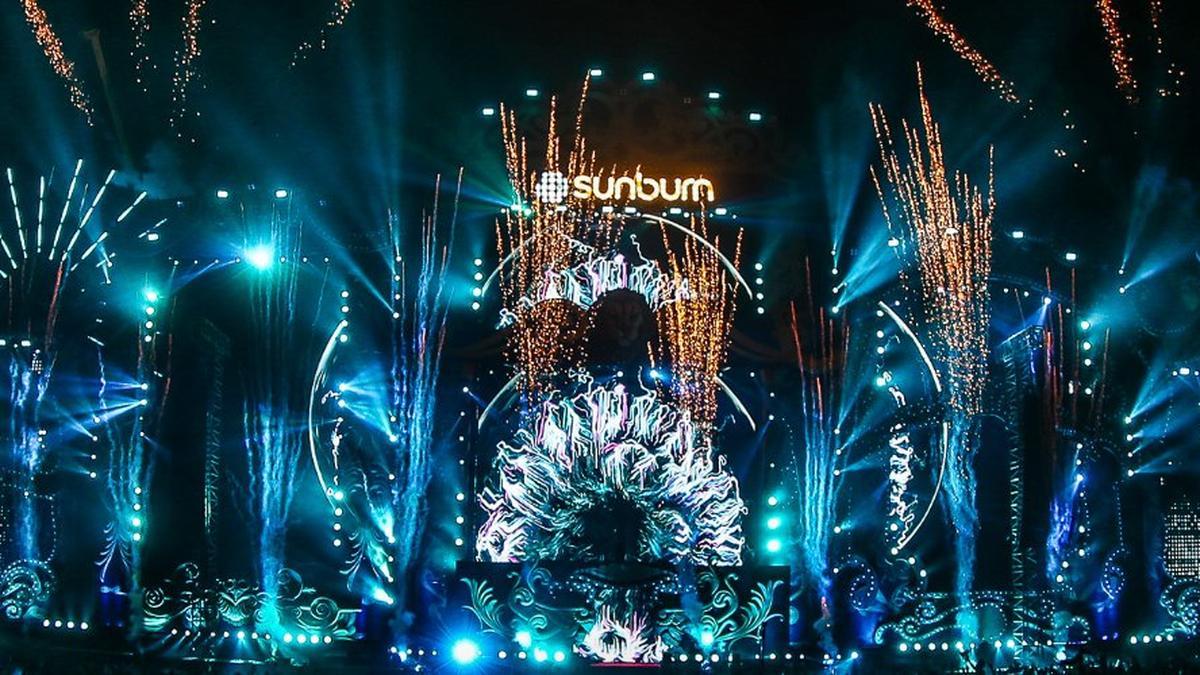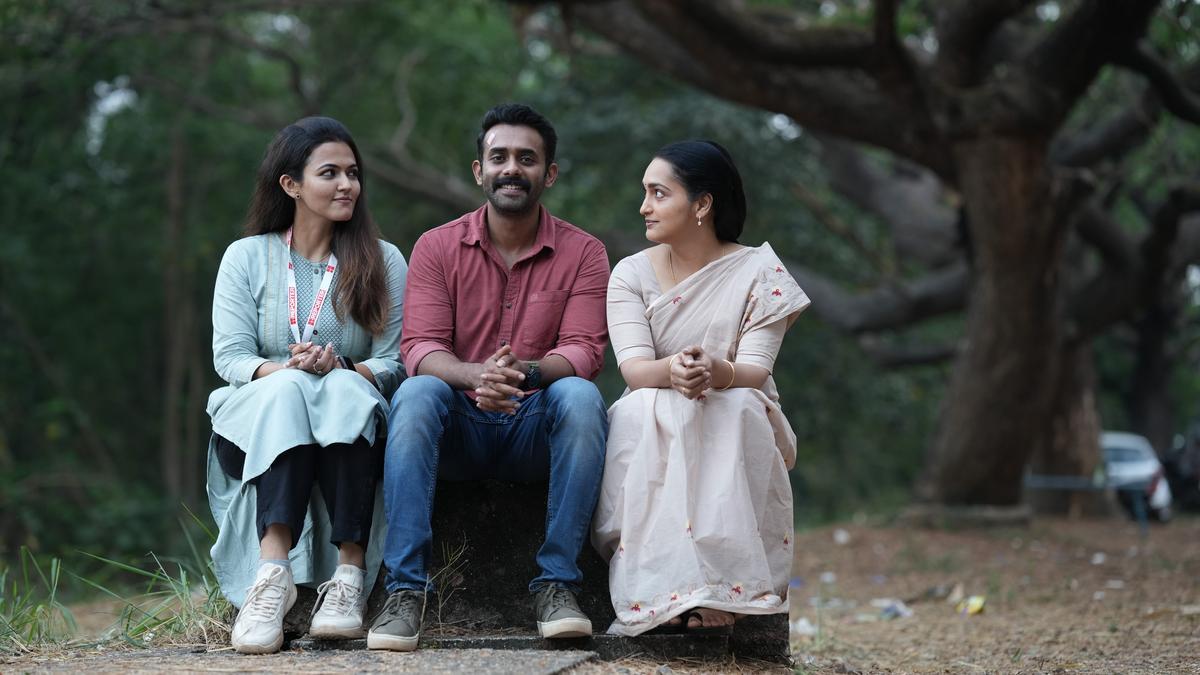
Each year, as autumn descends upon India, a cultural metamorphosis encapsulates Kolkata, drawing nearly 30 million people to its vibrant and elaborate Durga Puja pandals. Spanning just five days, this spectacle is much more than a religious festival; it has become a pulsating epicenter of public art that increasingly captures international attention, rivaling the world’s most esteemed art exhibitions.
The last decade has witnessed a significant transformation in how contemporary art is infused into the Durga Puja festivities. Artists are no longer restricted to traditional forms and themes; instead, they have ambitiously expanded the creative lexicon associated with the festival to include monumental installations and avant-garde expressions. This evolution of public art reached a crescendo especially in the post-COVID era, fostering an explosion of creativity and a revival of this vernacular art form.
On a recent exploration of this art phenomenon, I joined a curated group of experts and enthusiasts for an intimate preview. Among us were notable art patrons such as Lekha Poddar of the Devi Art Foundation and Saloni Doshi, founder of Space 118; artists Sakshi Gupta and Suhasini Kejriwal; as well as a handful of diplomats. We ventured through Kolkata’s labyrinthine streets, stopping to marvel at intricately designed pavilions and engage with the artists, artisans, and technicians who brought these visions to life. One of the highlights was a private courtyard performance by itinerant puppeteers, weaving traditional tales of goddess Durga.
Historically, pandals were humble, community-driven projects, bankrolled through local donations. Their purpose was to honor and welcome goddess Durga during Navaratri, a tradition spanning over three centuries. However, as Durga Puja evolved into a cultural and religious phenomenon, it eventually became a canvas for artistic experimentation — from themes of activism to craft, history, and even subversion. In today’s tech-driven society, augmented by AI and new media, these artistic expressions have expanded significantly.
Kolkata, with its astounding 4,000-plus pandals, often stages installations that challenge and surpass the artistic ventures found at international venues like the Venice Biennale. Lekha Poddar echoed this sentiment, acclaiming Durga Puja as a “creative apex” surpassing similar global art showcases. These installations are characterized by their multi-sensory approach, incorporating sound, light, and performance to guide public interaction. Themes are contemporary and thought-provoking, providing new perspectives for attendees.
One of the standout installations this year came from artist Bhabatosh Sutar. His work, addressing the perceived threats to the Indian Constitution, offered a strikingly poignant message. Positioned along the street, 15,000 square feet of powerful black-and-white images, with razor blade motifs, underscored slogans on public rights, leading visitors to a towering sculpture of the Constitution’s open pages. Within this wooden and papier-mâché edifice, cutouts invited onlookers to recite contemplative poems in the shadow of a multi-armed Durga.
.
Another notable contribution was from artist Pradeep Das, who conceived two extraordinary pavilions. His first piece, “Sada aur Neel,” delved into the history of muslin and indigo, exploring their colonial past. A tunnel of artwork charted these materials’ complex histories, immersing visitors into an arena where a marble statue of Queen Victoria stood amidst symbolic sculptures and crafted texts. The tableau was animated by a lone weaver against a backdrop illustrating seafaring vessels.
Das’ second offering, “Aranyak – The Unfolding Narrative,” situated in an 1,850 square feet space, was a dramatized mosaic of the Sundarbans. It was an emotional narrative, featuring ceramic depictions of the delta and a platform map with drawers housing sketches of regional flora and fauna.
The Durga Puja pandals are recognized by UNESCO as the world’s largest public art festival, transforming Kolkata into an expansive open-air gallery. Sayantan Maitra, an architect and curator, aptly described this transformation, pointing to Durga Puja as an embodiment of intangible cultural heritage.
Breaking new ground in the convergence of mathematics, drama, sound, and light, Susanta Shibani Paul’s large-scale installations further illustrate the festival’s artistic diversity. One piece, “Void” (spanning 35,000 sq.ft.), manifests as a Gothic-style metal interior, where Gregorian chants in Bengali resonate along flickering candle projections. These elements reflect upon the contemporary void of national sensitivity.
Another riveting installation, “Resonance” (covering 9,800 sq.ft.), was an energy-oriented sculpture leading attendees to the main deity. Its intricate surfaces played with light through panels of wire and string, creating an enigmatic illusion built by over 350 artists in two months.
Traveling from pandal to pandal, themes of climate change, urban life, environmental concerns, and women’s issues resonate deeply alongside artistic marvels like Aditi Chakravarty’s “Uddan.” Celebrating the legacy of jamdani weaving from India and Bangladesh, it presented a textile narrative that spanned nearly ten months of meticulous design and execution.
In summary, Kolkata’s Durga Puja is an extraordinary amalgamation of traditional reverence and contemporary artistry. It stands as a testament to the city’s cultural richness, making it a pivotal site of global public art each year.










